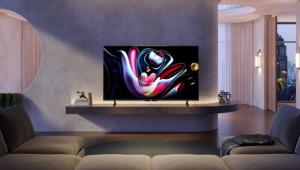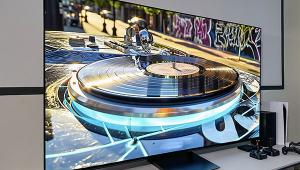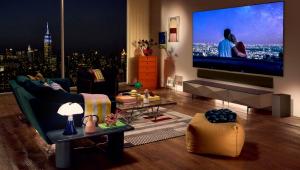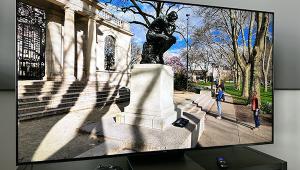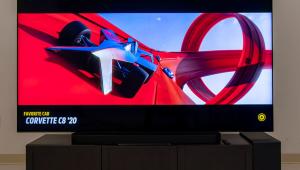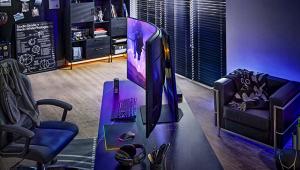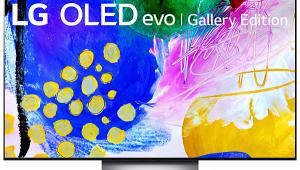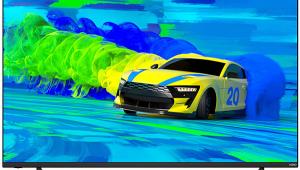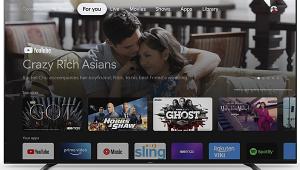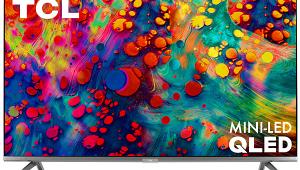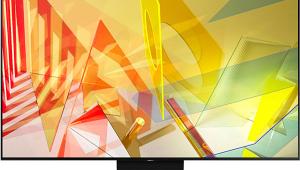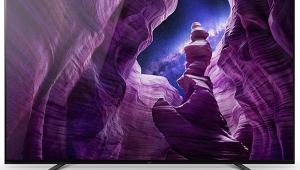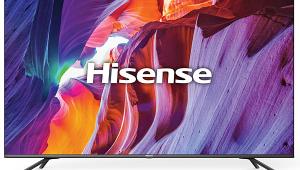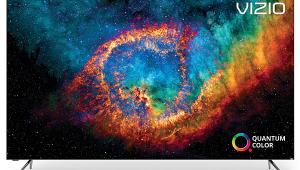LG OLED65C8PUA OLED Ultra HDTV Review Test Bench
The measurements here were made using CalMAN measurement software from Portrait Displays, together with Photo Research PR-650 and Klein K-10A color meters and a Murideo Fresco 6-G (UHD) pattern generator. The peak white levels given below were rounded here to the nearest foot-lambert/nit.


1080P HD/SDR
Post-calibration, with the 65C8’s peak white output set to 39.5 foot-lamberts (135 nits) in ISF Expert (Dark Room) Picture Mode with OLED Light at 45, Contrast at 85, and Brightness at 50, black level could not be measured. The image was effectively totally black, making full-on/full-off contrast ratio infinite, or, more practically speaking, unmeasurable.
I measured a 1080p HDMI input lag of 21ms in Game mode, increasing to 100ms in ISF Expert (Dark Room) mode.
In ISF Expert (Dark Room) Picture Mode, the pre-calibration grayscale Delta E values from 20% to 100% ranged from a low of 2.83 at 20% brightness to a high of 3.78 at 50% brightness. Post-calibration values ranged from a low of 0.35 at 20% to a high of 1.03 at 40%. Only the 2-step White Balance adjustments were needed to dial in the D65 white point. The BT.1886 gamma measured a low of 2.37 at 70% and a high of 2.40 at 80%. (Attempts to further fine-tune gamma using the luminance adjustments in the 20-step White Balance controls were not only unnecessary, but produced serious side effects, including obvious posterization.)
The pre-calibration SDR color Delta E values ranged from 0.96 in magenta to 3.04 in blue. Post- calibration, the minimum was 0.76 for blue and the maximum 1.42 for magenta.
(Delta E is a figure of merit that indicates how closely a display adheres to the color standard. Experts generally agree that at levels below 3-4 the result is visibly indistinguishable from perfect color tracking. Delta E may be used to characterize either white balance or color.)
Ultra HD/HDR10
Post-calibration, at the peak measured HDR light output of 635 nits (185 foot-lamberts) in Cinema (User) HDR Picture Mode with OLED Light at 100, Contrast at 100, Brightness at 50, and Dynamic Contrast on Low, black level could not be measured. This made the full-on/full-off contrast ratio, as above, essentially infinite.
A recent refinement in our HDR measurement technique resulted in a superb HDR technical performance from the LG 65C8. It followed the EOTF (gamma for HDR) almost perfectly. Pre-calibration, the grayscale Delta Es ranged from a low of 0.4 at 20% to a high of 5.1 at 70% with luminance included in the Delta E calculation. Post-calibration they maxed out at 2.7 at 70% with luminance, and 0.8% at 100% without luminance. Only the 2-step White Balance controls were used. Pre-calibration, the maximum color Delta E with luminance was 4.9 (green); post-calibration, it was 2.8 (red).
The HDR peak white levels with various-size 100% luminance windows measured (in nits) 440 at 2%, 605 at 5%, 630 at 10%, 350 at 25%, and 130 at 100%. Using the 1976 uv standard, the set measured 70.6% of BT.2020 and 95.4% of P3 color space. (No consumer UHD source material as yet exceeds P3 color space.)


